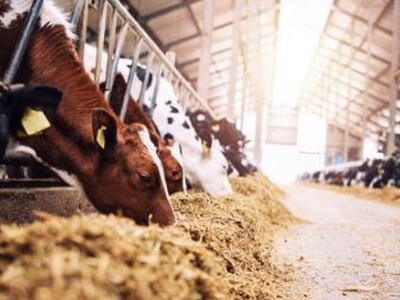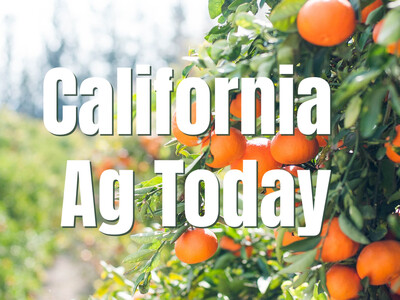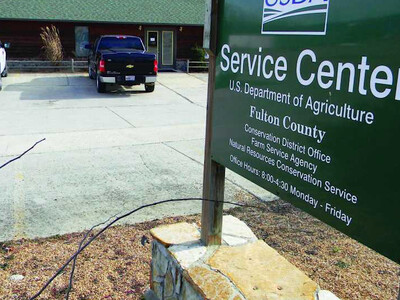Part 2: Growth Energy Weighs in On Tailpipe Emissions Reduction Efforts

Lorrie Boyer
Reporter
“In order to fully realize technological capability of greenhouse gas emissions reductions today and into the future. EPA has to in all of its climate change and greenhouse gas emissions. rulemakings acknowledged that vehicles engines and fuels operate as a system when you artificially carve out the tailpipe emissions from that system, you are neglecting the role that biofuels can play in achieving those performance standards jour that gallons are blended when it denies exemptions. That means that those refineries whose exemptions were denied should be responsible for blending those gallons or using the rent credits in the market available to meet those standards. So we're continuing to participate in those kinds of in those cases, and to make sure that EPA is held to its congressionally mandated obligation.”
According to epa.gov, back in April, the agency announced new more ambitious proposed standards to further reduce harmful air pollutant emissions from light-duty and medium-duty vehicles starting with model year 2027. The proposal builds upon EPS final standards for federal greenhouse gas emission standards for passenger cars and light trucks for model years 2023 through 2026.

















